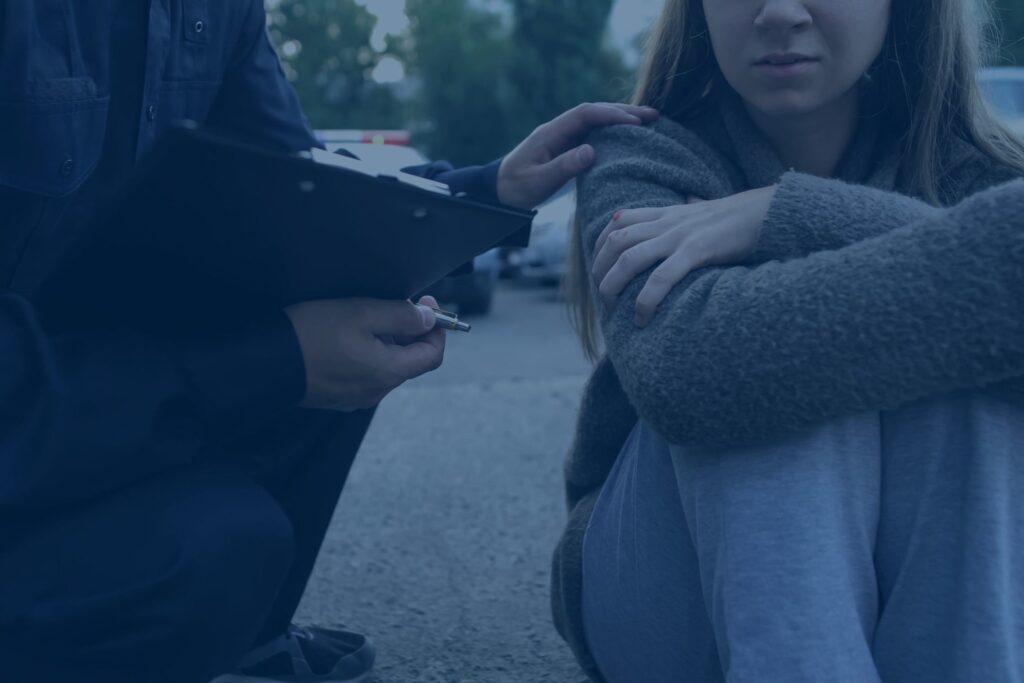Preparing for and responding to mass critical incidents includes balancing an effective police response to a mass critical incident while ensuring public safety and maintaining community trust. Protocols emphasize preparedness and risk mitigation during critical incidents and include training in crisis management, communication strategies, collaboration with other emergency response organizations, and post-incident responses to the needs of the community, victims, and officers. Approaches are adjusted based on the particular challenges of a mass critical incident, while ensuring a rapid and coordinated response.

Resources Related to Mass Critical Incident Response
Visit the Knowledge Lab’s full resource index here.
After Action Report | 2018
After-Action Review of the Orlando Fire Department Response to the Attack at Pulse Nightclub
The information provided within these modules has been gathered from various sources, including legal reviews, research, and practitioner and department-developed resources. These webpage modules are intended to be a guide for departments to use to improve their policing practices. Additional information and resources may be needed to implement the recommendations successfully. This resource is intended to be dynamic, and the Knowledge Lab will continue to update and add to these modules to provide additional and current guidance for departments.



